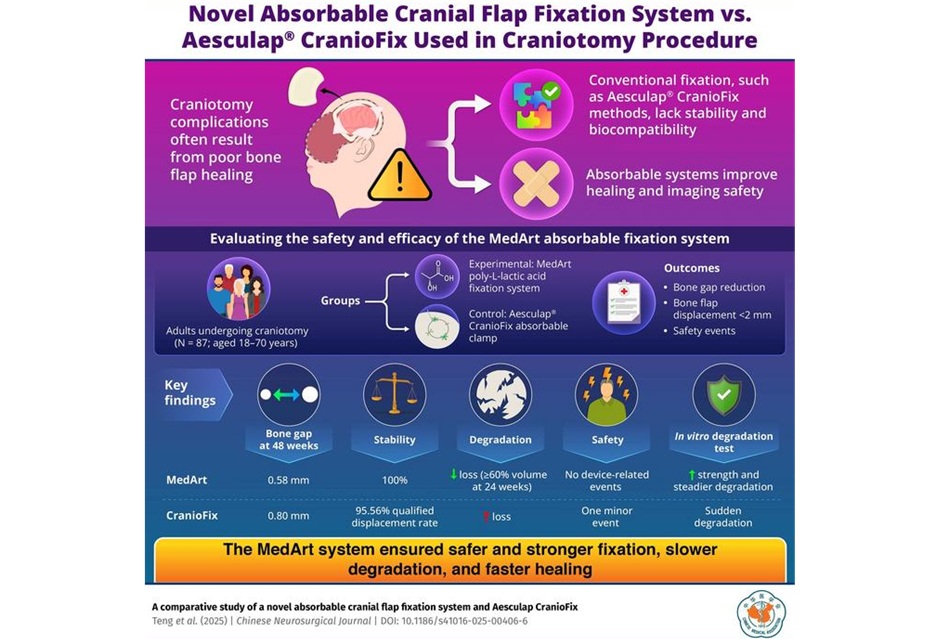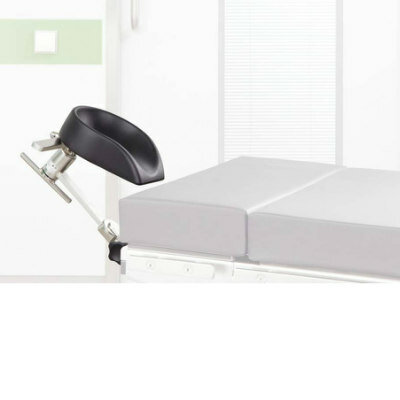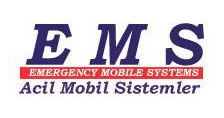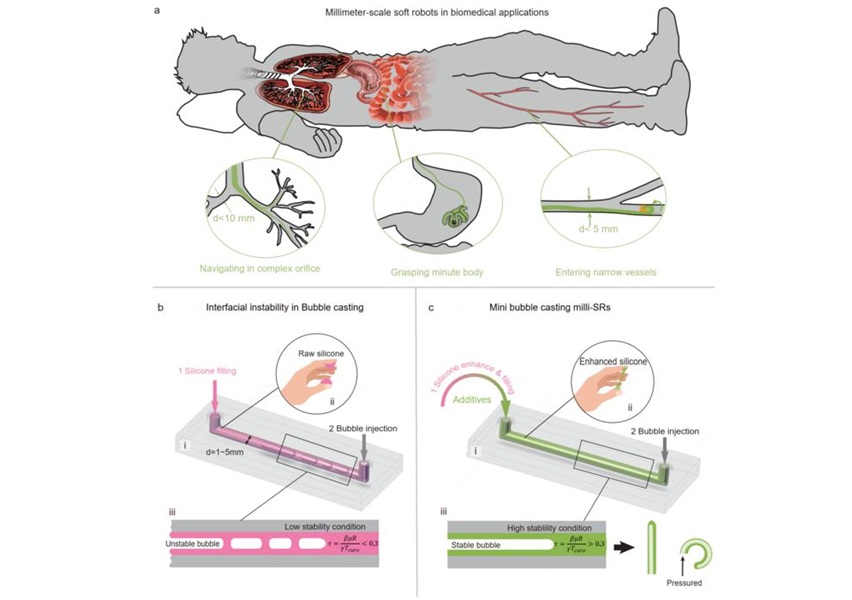Daily Aspirin Regimen Raises Hemorrhage Risk in Elderly
|
By HospiMedica International staff writers Posted on 24 Sep 2018 |
The use of low-dose aspirin as a primary prevention strategy in older adults results in a significantly higher risk of major hemorrhage, according to a new study.
Researchers at Monash University (Melbourne, Australia), Hennepin Healthcare (Minneapolis, MN, USA), and other institutions conducted a study that enrolled 19,114 community-dwelling men and women in Australia and the United States who were 70 years of age or older, and did not have cardiovascular disease (CVD), dementia, or disability. Participants were randomly assigned to receive 100 mg of enteric-coated aspirin (9,525 people) or placebo (9,589). The primary end point was a composite of death, dementia, or persistent physical disability. Secondary end points included major hemorrhage and CVD.
The results revealed that after a median of 4.7 years of follow-up, the rate of CVD--defined as fatal coronary heart disease, nonfatal myocardial infarction (MI), fatal or nonfatal stroke, or hospitalization for heart failure--was 10.7 events per 1,000 person-years in the aspirin group, and 11.3 events per 1,000 person-years in the placebo group. The rate of major hemorrhage was 8.6 events per 1,000 person-years and 6.2 events per 1,000 person-years, respectively, or 38% higher. The study was published on September 16, 2018, in the New England Journal of Medicine (NEJM).
“The take-home message of such a complex, large, placebo-controlled study is that healthy older people contemplating how best to preserve their health will be unlikely to benefit from aspirin,” said lead author Professor John McNeil, PhD, director of the Monash University department of epidemiology and preventive medicine. “It means millions of healthy older people around the world who are taking low-dose aspirin without a medical reason may be doing so unnecessarily, because the study showed no overall benefit to offset the risk of bleeding.”
Low-dose aspirin is among the most widely used agents for the prevention of CVD. Its efficacy has been established in secondary prevention trials, in which the benefits associated with reducing the rates of both MI and ischemic stroke appear to outweigh the risk of hemorrhage. But the role of low-dose aspirin as a primary prevention strategy remains debated. In elderly populations, the risk of CVD is higher and the potential benefits of aspirin may accordingly be greater than in younger populations; however, an increased risk of bleeding has also been observed in the elderly age group.
Related Links:
Monash University
Hennepin Healthcare
Researchers at Monash University (Melbourne, Australia), Hennepin Healthcare (Minneapolis, MN, USA), and other institutions conducted a study that enrolled 19,114 community-dwelling men and women in Australia and the United States who were 70 years of age or older, and did not have cardiovascular disease (CVD), dementia, or disability. Participants were randomly assigned to receive 100 mg of enteric-coated aspirin (9,525 people) or placebo (9,589). The primary end point was a composite of death, dementia, or persistent physical disability. Secondary end points included major hemorrhage and CVD.
The results revealed that after a median of 4.7 years of follow-up, the rate of CVD--defined as fatal coronary heart disease, nonfatal myocardial infarction (MI), fatal or nonfatal stroke, or hospitalization for heart failure--was 10.7 events per 1,000 person-years in the aspirin group, and 11.3 events per 1,000 person-years in the placebo group. The rate of major hemorrhage was 8.6 events per 1,000 person-years and 6.2 events per 1,000 person-years, respectively, or 38% higher. The study was published on September 16, 2018, in the New England Journal of Medicine (NEJM).
“The take-home message of such a complex, large, placebo-controlled study is that healthy older people contemplating how best to preserve their health will be unlikely to benefit from aspirin,” said lead author Professor John McNeil, PhD, director of the Monash University department of epidemiology and preventive medicine. “It means millions of healthy older people around the world who are taking low-dose aspirin without a medical reason may be doing so unnecessarily, because the study showed no overall benefit to offset the risk of bleeding.”
Low-dose aspirin is among the most widely used agents for the prevention of CVD. Its efficacy has been established in secondary prevention trials, in which the benefits associated with reducing the rates of both MI and ischemic stroke appear to outweigh the risk of hemorrhage. But the role of low-dose aspirin as a primary prevention strategy remains debated. In elderly populations, the risk of CVD is higher and the potential benefits of aspirin may accordingly be greater than in younger populations; however, an increased risk of bleeding has also been observed in the elderly age group.
Related Links:
Monash University
Hennepin Healthcare
Latest Critical Care News
- Coronary Artery Stenosis Could Protect Patients from Pulmonary Embolism Effects
- Sweat-Powered Sticker Turns Drinking Cup into Health Sensor
- Skin-Mounted 3D Microfluidic Device Analyzes Sweat for Real-Time Health Assessment
- New Therapeutic Brain Implants to Eliminate Need for Surgery
- Stem Cell Patch Gently Heals Damaged Hearts Without Open-Heart Surgery
- Biomaterial Vaccines to Make Implanted Orthopedic Devices Safer
- Deep Learning Model Predicts Sepsis Patients Likely to Benefit from Steroid Treatment
- Programmable Drug-Delivery Patch Promotes Healing and Regrowth After Heart Attack
- Breakthrough Ultrasound Technology Measures Blood Viscosity in Real Time
- Magnetically Activated Microscopic Robotic Swarms Could Deliver Medicine Inside Body
- Frequent ECG Use Can Identify Young People at Risk of Cardiac Arrest
- Ultrasound Controlled Artificial Muscles Pave Way for Soft Robots
- AI-Powered Alerts Reduce Kidney Complications After Heart Surgery
- Algorithm Predicts and Lengthens Pacemaker Battery Life
- Novel Pill Could Mimic Health Benefits of Bariatric Surgery
- AI Models Identify Patient Groups at Risk of Being Mistreated in Hospital ED
Channels
Surgical Techniques
view channel
Drug-Coated Balloons Can Replace Stents Even in Larger Coronary Arteries
Narrowed or blocked arteries pose a major global health burden, often leading to heart attacks, heart failure, or stroke when blood flow becomes compromised. Traditional balloon angioplasty can reopen... Read more
Magnetic Kidney Stone Retrieval Device Outperforms Ureteroscopic Laser Lithotripsy
Kidney stone disease affects millions worldwide and often requires ureteroscopic laser lithotripsy, yet fragment removal remains inefficient. Many patients are left with residual pieces that can cause... Read more
Absorbable Skull Device Could Replace Traditional Metal Implants Used After Brain Surgery
Closing the skull safely after neurosurgery remains a major clinical challenge, as traditional metal or semi-absorbable fixation devices can interfere with imaging, degrade unpredictably, or persist long... Read morePatient Care
view channel
Revolutionary Automatic IV-Line Flushing Device to Enhance Infusion Care
More than 80% of in-hospital patients receive intravenous (IV) therapy. Every dose of IV medicine delivered in a small volume (<250 mL) infusion bag should be followed by subsequent flushing to ensure... Read more
VR Training Tool Combats Contamination of Portable Medical Equipment
Healthcare-associated infections (HAIs) impact one in every 31 patients, cause nearly 100,000 deaths each year, and cost USD 28.4 billion in direct medical expenses. Notably, up to 75% of these infections... Read more
Portable Biosensor Platform to Reduce Hospital-Acquired Infections
Approximately 4 million patients in the European Union acquire healthcare-associated infections (HAIs) or nosocomial infections each year, with around 37,000 deaths directly resulting from these infections,... Read moreFirst-Of-Its-Kind Portable Germicidal Light Technology Disinfects High-Touch Clinical Surfaces in Seconds
Reducing healthcare-acquired infections (HAIs) remains a pressing issue within global healthcare systems. In the United States alone, 1.7 million patients contract HAIs annually, leading to approximately... Read moreHealth IT
view channel
Printable Molecule-Selective Nanoparticles Enable Mass Production of Wearable Biosensors
The future of medicine is likely to focus on the personalization of healthcare—understanding exactly what an individual requires and delivering the appropriate combination of nutrients, metabolites, and... Read moreBusiness
view channel
Philips and Masimo Partner to Advance Patient Monitoring Measurement Technologies
Royal Philips (Amsterdam, Netherlands) and Masimo (Irvine, California, USA) have renewed their multi-year strategic collaboration, combining Philips’ expertise in patient monitoring with Masimo’s noninvasive... Read more
B. Braun Acquires Digital Microsurgery Company True Digital Surgery
The high-end microsurgery market in neurosurgery, spine, and ENT is undergoing a significant transformation. Traditional analog microscopes are giving way to digital exoscopes, which provide improved visualization,... Read more
CMEF 2025 to Promote Holistic and High-Quality Development of Medical and Health Industry
The 92nd China International Medical Equipment Fair (CMEF 2025) Autumn Exhibition is scheduled to be held from September 26 to 29 at the China Import and Export Fair Complex (Canton Fair Complex) in Guangzhou.... Read more









.jpg)



